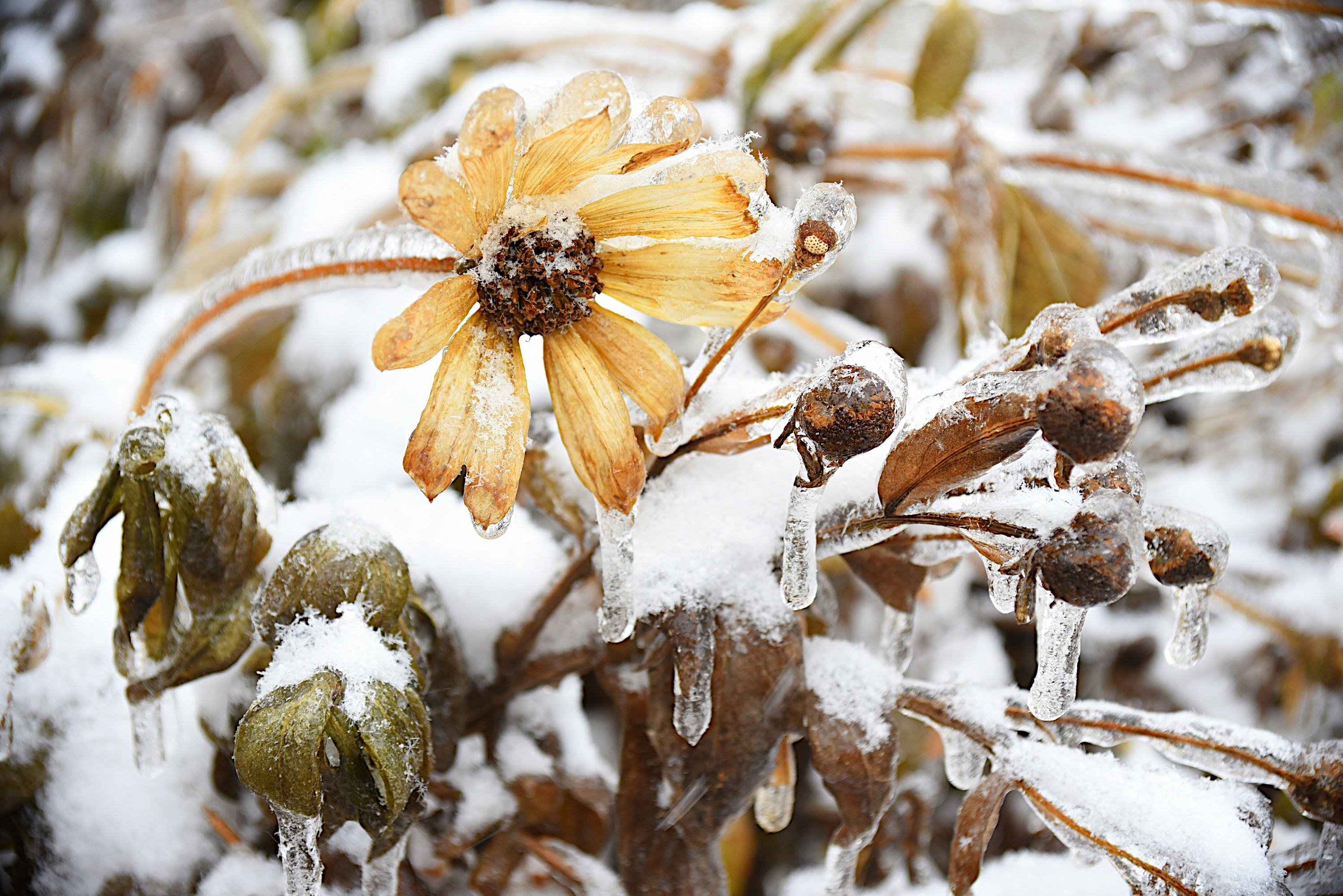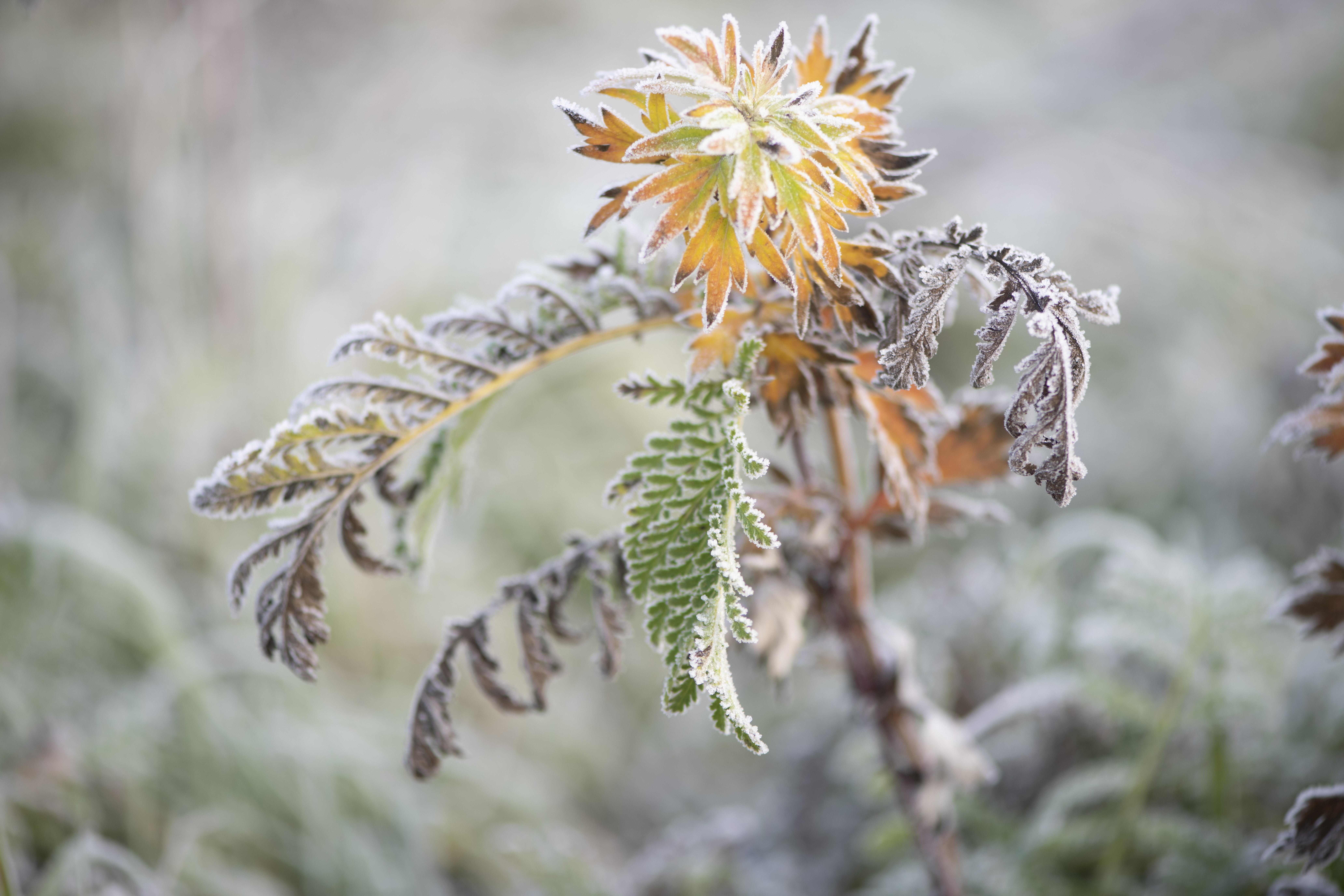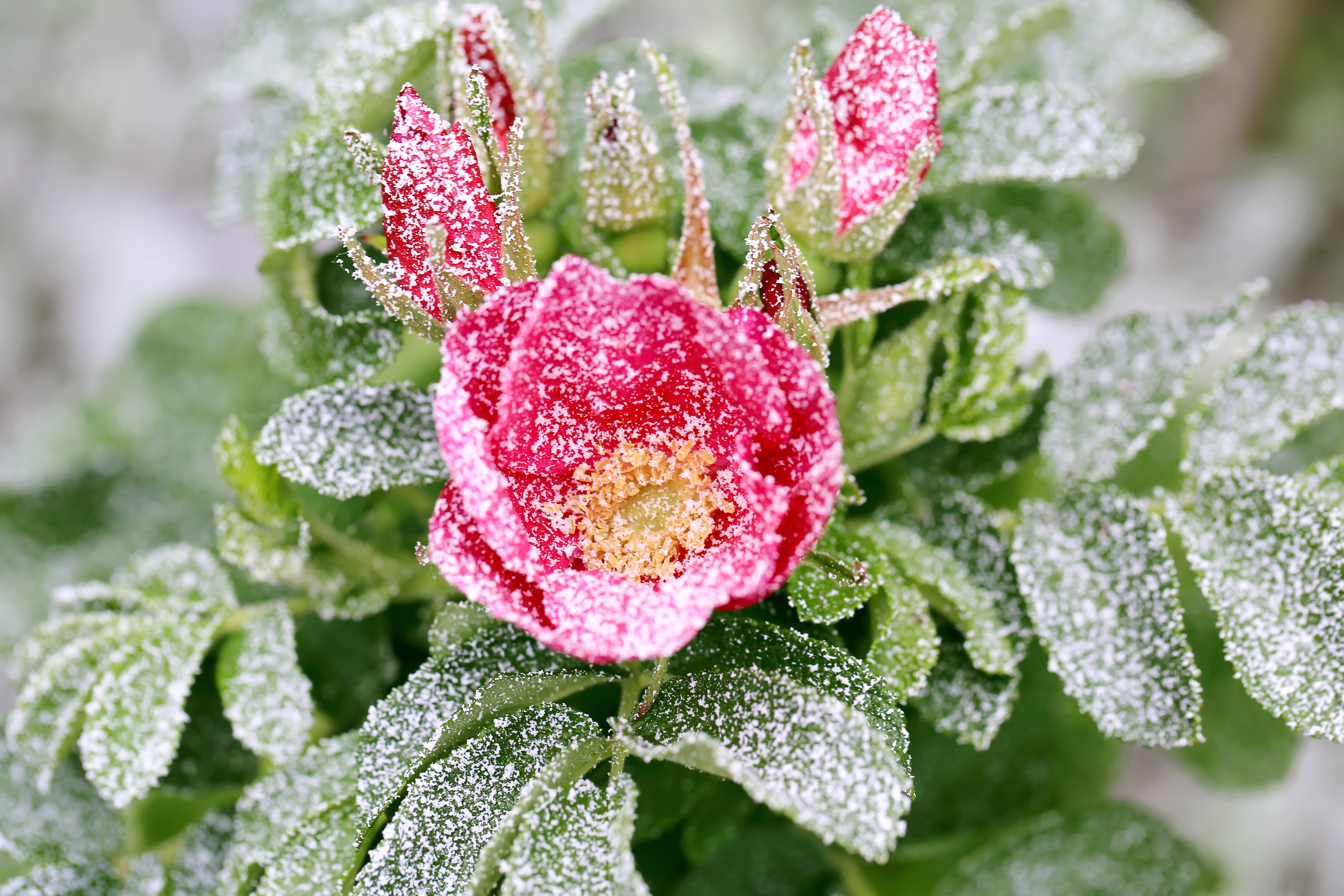
As the cold, crisp season begins to lurk on our doorsteps, your outdoor plants will need some extra attention and tending to — especially if a cold frost seeps its way into the scene. Overwintering is an essential part of gardening, and whether you're a beginner gardener or a green-thumbed goddess, you'll need to know exactly how to protect your beloved plants during the winter.
It's not necessary to overwinter all your plants, but a few sensitive blooms will need some TLC. Ornamental grasses, citrus trees, and other tropical plants will need protection, which is why overwintering is an important technique to master.
So how exactly do you overwinter your plants? We spoke to the experts to find out more, and this is what they had to say about it.
What You'll Need
Whether you're looking for vegetables to overwinter or your precious blooms to protect them from harsh weather conditions, you will need the right tools to help you with overwintering.
TOOLS:
• Pruning tools — The type of pruning tool you use depends on the plant, but a great tool many use is bypass pruners. This GrowIt 8.5" Professional Titanium Bypass Pruning Shears from Amazon is currently on sale for $13.57.
• Horticultural fleece, like this Winter Plant Frost Protection Cover from Walmart.
• Miracle-Gro Organic All Natural Mulch from Amazon.
• Watering can — I particularly love this Accented Metal Watering Can from Target.
How to Overwinter Plants

It's time to start the process of protecting your plants that need overwintering. But how exactly is this done? Gardening expert Tony O'Neill from Simplify Gardening says you should do the following to successfully overwinter your plant.
Assess Vulnerability: Tony says the first step is to identify which plants are frost-sensitive and need special care.
Prune and Trim: Then you can start lightly pruning dead or damaged foliage to conserve the plant’s energy for winter survival.
Move Potted Plants Indoors: It's time to bring your outdoor plants indoors! Tony adds: "Bring vulnerable potted plants inside, whether it’s to a greenhouse, garage, or bright indoor spot."
Cover Outdoor Plants: "Wrap plants in horticultural fleece or burlap to protect them from harsh winds and frost," says Tony.
Add Mulch: Then "apply a thick layer of mulch (about 2–4 inches) around the base of plants to insulate their roots."
Monitor Watering: Ensure you water plants well before the frost, "but cut back on watering during winter as plants go dormant and require less hydration."
Check Periodically: Lastly, Tony says, "Continue checking your overwintering plants for signs of pests or frost damage throughout the season."
What is Overwintering?

Gardening jargon is often guilty of overcomplicating things, but overwintering really is what is said on the tin. It is about caring for your plants over winter. "Overwintering is the practice of protecting plants from the cold during the winter months," says gardening professional and co-founder of GreenPal, Gene Caballero, "particularly those that are not naturally suited to withstand the freezing temperatures."
Overwintering can involve different measures, but generally, it means moving the vulnerable plants inside over winter. If the plants cannot easily be moved there are alternative methods to keep them healthy. "Mulching, or using protective coverings to insulate them from the cold," can also work, says Gene. Ideally, your most vulnerable plants can be moved around to give them the best protection. This doesn't, however, mean that you should just plonk them in front of your fireplace.
Where is Best Place to Overwinter Plants?

When you discover overwintering, you might think it means bringing your beloved plants into your warm home. However, to do this would be a big mistake. There are specific places to take your plants for overwintering that will not damage them in the short term and will contribute to their health over the winter.
There are some generic spaces that make good spots for overwintering too. "In general, a basement, garage, or indoor space that remains cool but not freezing is ideal," says Gene. "These locations protect plants from harsh conditions while providing the cooler temperatures that many plants require during their dormant period," he explains. If in doubt look for spaces that are dry and don't succumb to freezing temperatures.
FAQs
When should I start overwintering?

There isn't a strict time to overwinter, as largely it depends on your climate and when the freezing conditions begin. However, there are general rules you can follow. "A good rule of thumb is to start your preparations in late autumn, before the first frost," says Lindsey Hyland, founder of the Urban Organic Yield. "This gives your plants ample time to adjust to the changes and ensures they're well-protected against the harsh winter conditions," she explains.
As with all gardening techniques, it is important to be responsive to your environment and plants to keep your backyard looking good through winter. Some plants may need to be overwintered earlier than others, and some might not need it at all. Now you are equipped with the knowledge to adequately care for your plants over winter they will be ready for a hive of activity come spring.
Is there a difference between winterizing and overwintering?
"Yes, there is a difference," explains Tony. Winterizing is the process of getting your garden ready for winter, which may involve tasks like mulching, covering plants, or adjusting your watering schedule."
He continues: "Overwintering, however, refers to maintaining plants during the winter, whether indoors or outside, to ensure their survival and good health come spring."
Should I Water My Plants Before the Last Frost?
Tony says you should, as it's an important part of your plant's health. He notes: "Well-hydrated soil helps protect the roots from damage caused by freezing temperatures. The water acts as insulation, helping to retain heat in the soil. However, after watering just before the frost, you should reduce watering, as plants will require much less moisture while dormant."







